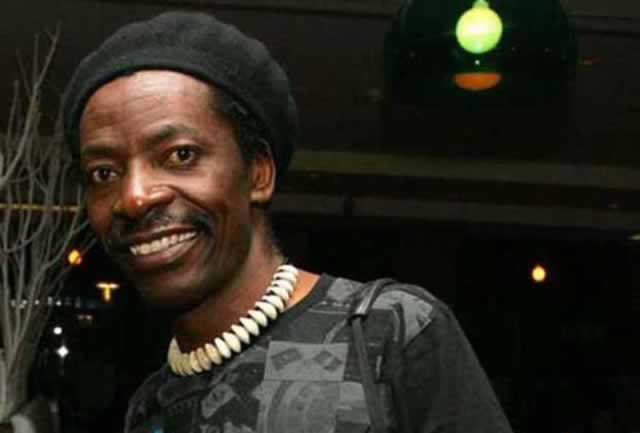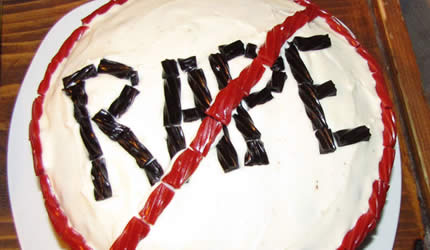The Basket Case Part II: A collective experience

At The Gallery
If the world of Science were to collide with the world of art, what bond would one find being materialised between the two?
One would deduce that the resultant merger between the two worlds would be a metaphysical one without regards for covalence to that end.
It is idea based to the fullest; the constant pursuit for knowledge and discovery, the perfection of technique to ensure ease for future generations and when considered in parallel the science and art world utilize similar approaches to their practices and in their differences of calling they enter a bond that carries two completely separate meanings in their callings: the Ionic.
The European Union is supporting the EUNIC – Creative Zimbabwe Programme with a financial contribution of € 495,000, equivalent to approximately US$ 670,000 to be used over a period of 18 months from July 2013, to contribute to the professionalisation of the cultural sector in Zimbabwe.
The EUNIC – Creative Zimbabwe Programme contributes towards sustainable development of the creative industry in Zimbabwe by creating links to European and regional markets.
The programme builds upon the successful Basket Case weaving project run by Alliance Francaise in 2009 /10, and the British Council’s on-going Creative Economy Programme.
It is designed to build further the capacity of weaving communities to interact independently with market players including local entrepreneurs, training providers and international buyers.
Creative Zimbabwe Programme has provided a platform for the exchange of African and EU creative industry expertise. This programme is working with over 1 000 rural basket weavers located in Lupane, Binga, Masvingo, Bulawayo and Honde Valley.
The weavers are receiving training and have had the opportunity to collaborate with prominent Zimbabwean and European designers and visual artists creating weaving products and contemporary art pieces of an international standard.
This will lead to increased exposure to local, regional and international markets, with the aim of realising improved household income within the participating rural communities.
As part of the EUNIC programme, a French artist-researcher, Michel Paysant, who initiated the Laboratoire d’Oeuvres Nouvelles or the Laboratory of New Works, a research project that interconnects art, science and technology, is in Zimbabwe, Masvingo Province.
The project is popularly known as Onlab and the core mission entails bridging art and science to activate both world’s creative processes and practices to bring forward new developments that make the perfect art that reflects the times and progress of human creativity as a whole. Paysant’s collaborations with scientists led to his works being extremely small and also unfathomably huge! In working without limits Paysant was invited to participate in the upcoming “Basket Case II” exhibition set to take place at the National Gallery of Zimbabwe this coming October as he states that the experience of working with artists and craftsmen who are largely versed in tradition excites him.
The handing down of skills is in Paysant’s view the most empowering means to development and technical progression His concerns with tradition are driven by a philosophy governing the pursuit of art by juxtaposing tradition against modernity.
“Tradition is a question of memory while contemporary art greatly deals with the future and my desire is to work with traditionally trained collaborators to create an axiomatic result to address these questions,” Paysant said. I usually work with high technology such as nanotechnology and neuroscience and apply these disciplines with much more traditional techniques used by artists.
“I view the ‘Basket Case II’ as the midpoint of something in dialogue where I am to gain a level of understanding as a moderator.”
Paysant mentioned how methods of training through traditional knowledge systems are dying off in France and how his Zimbabwean experience is potentially going to enhance his research. “The memory of tradition initiates thought for the future, there is a place called Meisenthal in France where there is a glass blowing community,” he said.
“The older generation is now being utilised to transfer their skills to the younger generation and as you know glass blowing takes up to 15 years to master and I feel that working in Masvingo will put me at the center of this transference process”
Paysant will be working with the Zienzele Foundation, a grassroots community development organisation that primarily works with women in rural areas in Masvingo Province towards creative industrial processes. The foundation is centred on weaving with Sisal material.
“I am not a technician but when working with a team one’s mind is unlocked in many ways as each individual contributes their own part towards the realisation of the exhibition” Paysant said.
Nanotechnology is a key area for Paysant and he has shown his meticulously small sculptures require a microscope to view them.
This work required him to partially abandon the prescribed media for artists to more automated equipment and materials that give a new dimension to art.
At this point he requires the services of individuals who operate these highly technical tools as he has only theoretical knowledge on their calibration and operation.
“I contest the mythology of the artist being alone in a studio with chisel or brush as I feel this is a self-oriented approach to art.
“This mythology strongly affects artistic cooperation and it establishes notions of copyright which are in their very nature short-sighted in regards to collaboration and collectivisation,” Paysant said.
“The authorship and ownership of many artists who collaborate goes down to one individual’s name when the entire creative process makes use of several contributors.”
Paysant went on to conclude that the “Basket Case II” is set to have multiple authorship as the art that is being produced belongs to everyone in the nature of Commonwealth with each artist being equally vested in the conceptual process and in the overall economy of the project.
Paysant is part of the EUNIC – Creative Zimbabwe Programme, “Basket Case II” a project funded by the European Union and initiated by the EUNIC cluster consisting of the British Council, Alliance Française and Goethe Institute in collaboration with the National Gallery of Zimbabwe.
The grassroots organizations that are participating in the project are Binga Craft Centre, Bulawayo Home Industries, Step Trust, Lupane Women’s Centre and Zienzele Foundation. The “Basket Case II” participating resident artists are Michel Paysant from France, Alexandra Bircken from Germany, Ifeoma Anyaeji from Nigeria, Delaine Lebas from the United Kingdom and Tapfuma Gutsa from Zimbabwe. Woven artworks will be presented alongside new innovative basket design that will be prototypes for a new production season.
“Basket Case II” opens on October 20, at the National Gallery of Zimbabwe and will be curated by Christine Eyene and Raphael Chikukwa










Comments